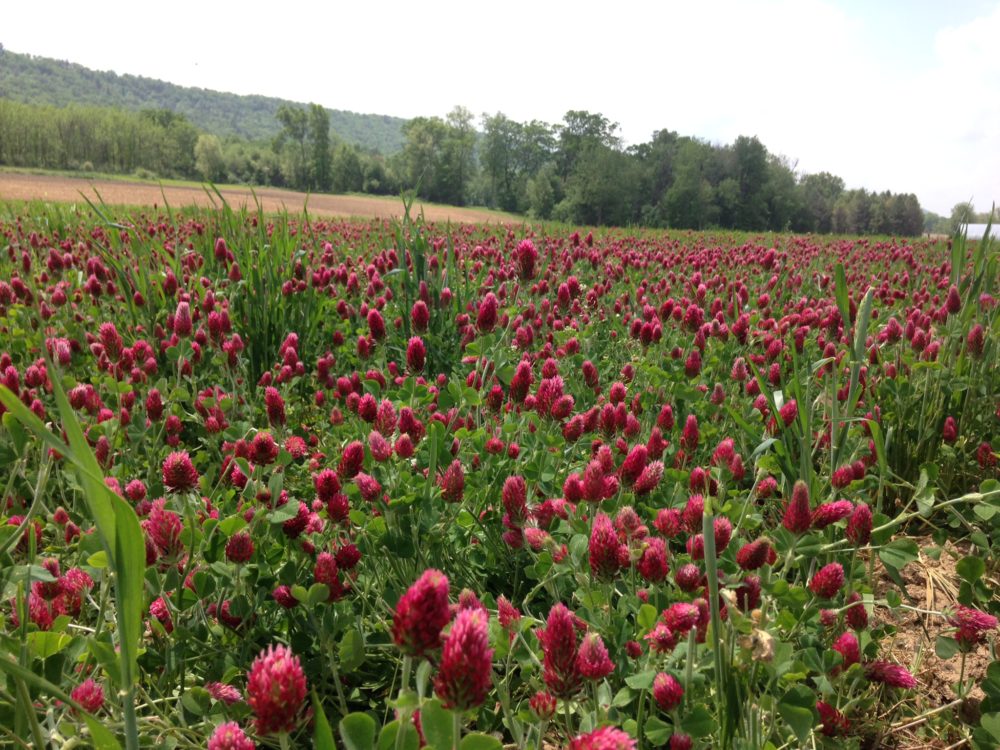By CFSA Policy Team | Thursday, May 21, 2020 —

After weeks of waiting, on Tuesday the USDA finally released its regulations for the $16 billion in direct aid for farmers under the Coronavirus Food Assistance Program (CFAP). Farmers will be able to apply for funds beginning on May 26. Unfortunately, the rules totally fail to address the unique needs of diversified farms serving local food systems.
Farms that sell to restaurants, farmer’s markets, farm-to-school programs, and other direct markets have been among the first, and worst, hit by the COVID-19 crisis.
Congress recognized that when it authorized funding for CFAP, specifically instructing USDA to address local foods in the program. One-third of small farms could face bankruptcy by the end of the year, and aid that helps these businesses should have been a priority
USDA’s regulations clearly favor big business and commodity producers.
Here are the key challenges for small and mid-sized farms trying to access CFAP funds.
Key Obstacles for Small & Mid-Sized Farms Trying to Access CFAP Funds
1) The distribution of available funds will largely be on a first-come, first-served basis. This process favors farms that have a pre-existing relationship with the Farm Service Agency (FSA), the USDA branch charged with distributing the money. These farms will be able to apply quicker and likely may have already submitted much of the required documentation; it will take small farms who are unfamiliar with FSA much more time to prepare this information. Even measuring losses in the format USDA requires will be much harder for diversified farms than larger commodity operations. And the agency failed to set aside any funds specifically for beginning farmers and populations historically underserved by USDA programs.
Measuring losses in the format USDA requires will be much harder for diversified farms than larger commodity operations.
2) Payments are capped at $250,000 per farm, but this limit is full of loopholes. In operations established as corporations, up to three individuals may each claim a payment—including ‘owners’ who have spent as little as 400 hours a year managing the farm. General partnerships are eligible for even more, meaning some farms could receive millions in payments. These loopholes will likely increase the number of operations claiming the maximum payment possible, leaving much less available for small and mid-sized family farms.
3) The USDA’s program doesn’t pay farms for their actual losses. Rather, the amount to be distributed is based on the impact of COVID-19 on the wholesale price of commodities. The bulk of the payments will be based on crops’ loss in value from January to April, while the impact of COVID-19’s disruption of direct markets only began in March. Farmers selling in higher-value markets (e.g., direct to consumer, local and regional, organic, pasture-raised livestock, value-added products like cheeses) can only receive a payment based on the wholesale commodity price for their products. Losses on some specialty crops, including most leafy greens, and wheat, poultry, sheep, and eggs are not eligible for payments at all.
Further, the program doesn’t cover any loses where the farm wasn’t able to sell its crops at all, except for eligible specialty crops that weren’t shipped from the farm or left unharvested: In that case, USDA will cover just 5.875% of the commodity value of those crops.
4) The program does not address the increased costs that are being incurred by farmers to adapt to this crisis, such as new online sales platforms, enhanced food safety, delivery set-ups, and packing.
CFAP will not be the lifeline that small farms hurt by COVID-19 need.
In short, CFAP will not be the lifeline that small farms hurt by COVID-19 need. Congress gave USDA vague direction when it comes to supporting local foods, and the agency’s response was to basically ignore the sector. It is more crucial than ever that Congress takes specific action to tailor a program that helps small farms, instead of leaving USDA to continue business as usual.
CFSA and our allies across the country will be pushing harder in the coming weeks to win a fair relief package that shores up local foods and sustainable producers, and we look forward to your help in making it a reality.
Want to receive action alerts from CFSA’s policy team in your inbox?
No problem! You can choose to sign-up to receive action alerts for South Carolina, North Carolina, and/or federal issues at any time.


